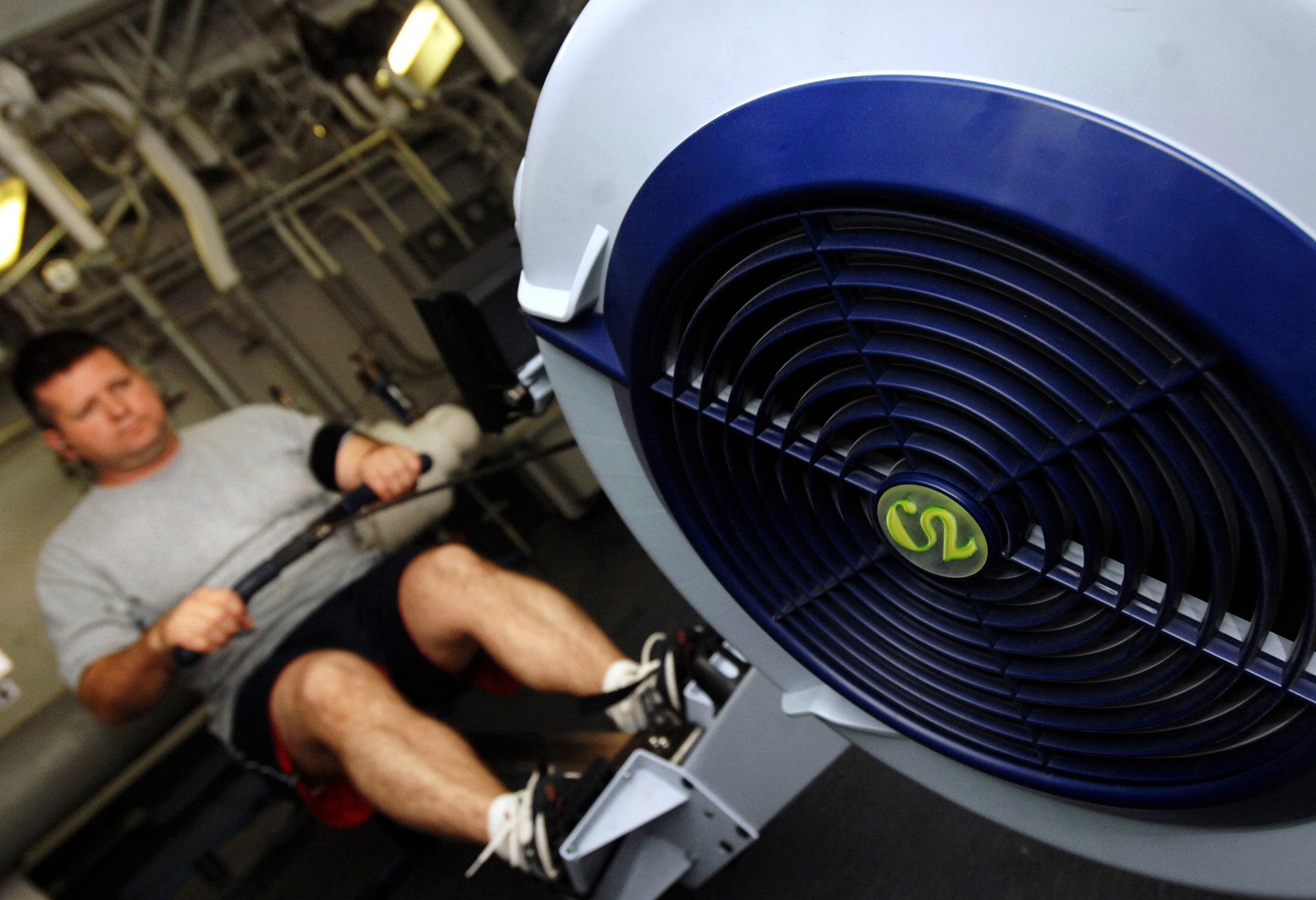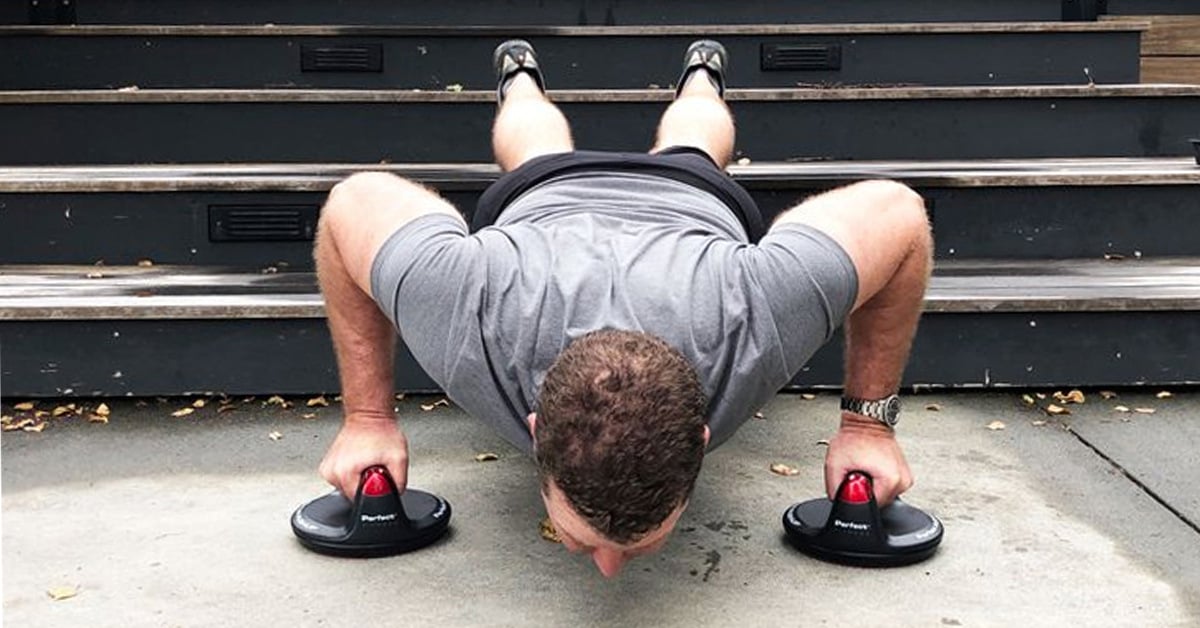In the sport of rowing (aka crew), there is a well-known and dreaded phase of training called the “Winter Doldrums.” This phase of training occurs after the last head race (a time-trial, three-mile staggered start competition), which usually ends by the first week of November. Depending on where you are located in the country, the Winter Doldrums can span from early November to the end of March. Growing up rowing in New England (mostly Connecticut and Massachusetts), we received the full benefit of Winter Doldrums training—in other words, it was a long, grueling slog of three-and-a-half months of land-based training.
What makes this period of training so miserable is that you’re not on the water practicing your sport. Instead, you’re suffering for long hours on stationary rowing machines (called ergs), doing countless rounds of weight circuits (a series of high-intensity exercises with weights, with no rest between exercises), and my least favorite event: running. Rowers call these days of training the doldrums for good reason, and this is when most rowers quit. Week after week after week, all you’re doing is suffering mightily. It’s as if you’re climbing a huge mountain, but you can’t see the summit, and you’re not sure how much progress you’ve made. Worse still, much of your progress is measured by your times on the erg (one of everyone’s most feared events is an erg test—timing how fast you row a set distance), and it’s quite common while enduring lots of weight training for your erg time to be worse before it gets better. Remember my article called the “Slingshot Effect?” Winter Doldrums training is full of slingshot effects, and if you’re not either aware of it or able to shift your focus, it can be very depressing for you. The whiner—your inner voice that questions you constantly on why you’re doing so much work—gets megaphone-like amplification during these times and blasts you with whining comments encouraging you to quit. I can still hear some of those whines from my days in the Winter Doldrums—“You’re not strong enough.” “You won’t make the boat.” “You’re never going to be fast enough on the erg.” “Why keep trying?” “This is a miserable sport.” “You’ve only just started, and it’s just going to get worse.”
When your first erg score is much worse than what you expected, it’s like a gut punch. You question yourself, your abilities, and of course, your “why.” Then, your mind drifts from the next workout to the entirety of the winter training. That’s when things get dangerous—when your focus shifts from the next exercise to piling on all the workouts you still have in front of you. It is usually at that point when the greatest urge to quit occurs. You feel overwhelmed, sorry for yourself, and so discouraged that your brain goes to work thinking about rational reasons to quit. Your brain wants you to avoid the excessive stress of working out, and tempts you with all kinds of logical excuses to stop the madness. Making matters even more difficult, you hear comments from your coach such as, “not good enough Mills” or “I thought you were stronger” or “If you want to row in the spring, then you’re going to have to do much better than this.” Painful—Your maximal effort doesn’t seem to be enough, your coach is doubting your capabilities, and you just went slower than others who you had beaten previously. The demons of doubt go on a rampage in your head. The only way to overcome it is to intentionally shift your focus back to the next exercise—not to focus on anyone or anything else but the very next step. If you allow your focus to waver, then you’ll find yourself wading in the dangerous waters of doubt that can quickly engulf you and drag you to bottom where the quitters come to rest.
Not only do you need to keep your focus on the next exercise, but you also must remind yourself of what it will feel like months from now when you are winning a race, standing on the medal podium, or perhaps just feeling the joy of rowing in perfect harmony—the latter is easier once you’ve experienced it! Over time, you use your focus to find small silver linings in the winter training, such as added strength, body transformation, the dopamine effect (the natural high from working out), and the rare compliment from your coach saying, “Getting better; keep going.” Then, you get a moment of hope—like a ray of sunshine breaking through the thick cloud cover that comes with a New England winter—you just pulled a new personal best on the erg. You’ve sling-shotted forward, beyond what you originally thought was possible. Now, the workouts take a different direction. You begin to look forward to them—you anticipate how hard you’re going to go on the next set. You find yourself encouraging others to put out even more as you do the same. What was a negative spiral of despair turns into a positive propulsion of energy to work harder.
I am sharing this because you don’t have to be in the sport of rowing to experience the Winter Doldrums. If you live in the Northern Hemisphere, and you’ve decided to go after a new goal this year, then you’re already starting out in the winter time where the doldrums abound! Going after a new goal is very much like the Winter Doldrums of rowing training—long periods of putting out maximal effort with very little positive input received. Stay with it—I promise you that the clouds will eventually part and cast down a ray of light on your progress. And, when you see that you are indeed making progress, you will get a second wind, which will help you blow back those insidious demons of doubt. Until then, there is only one way to make it through the Winter Doldrums: go All-in every day with the expectation of Moving forward toward your goal.
Alpha Mike—Alden





